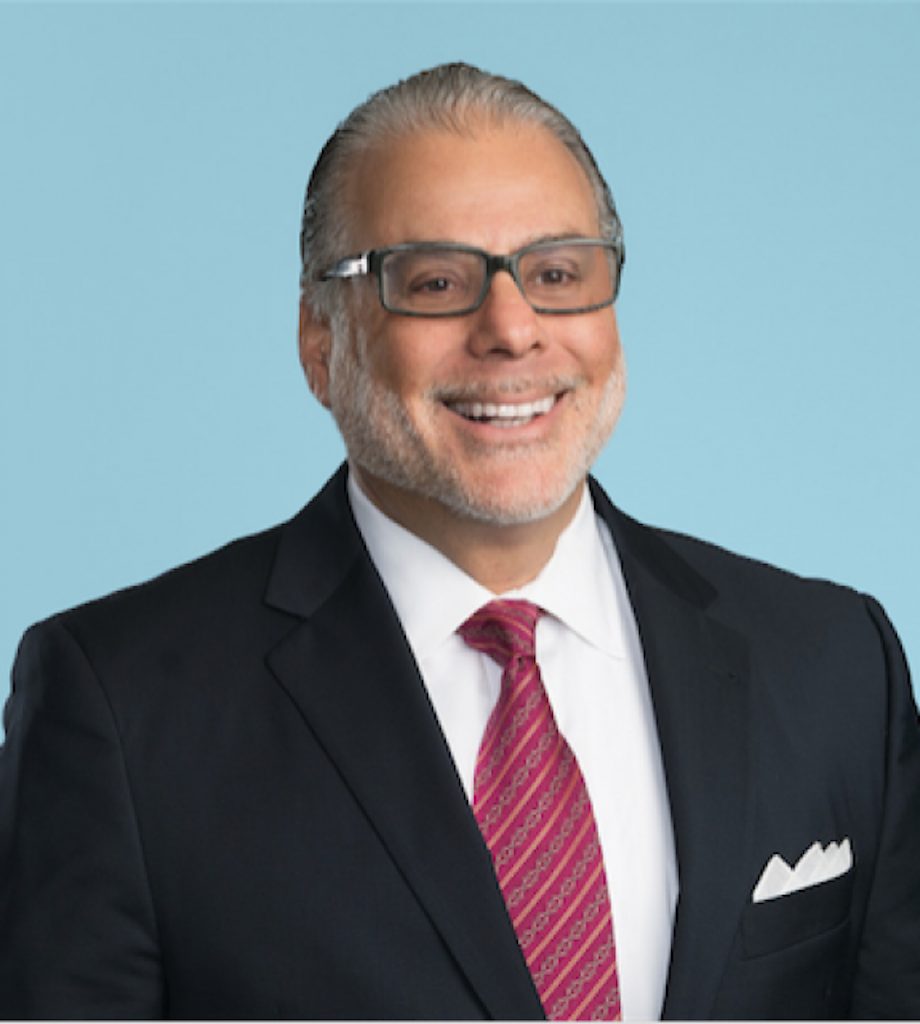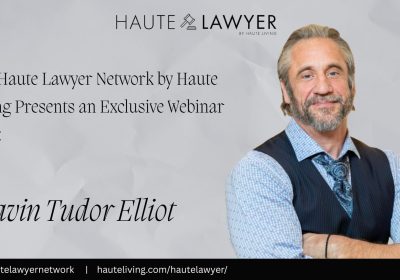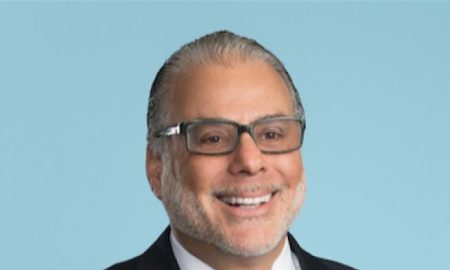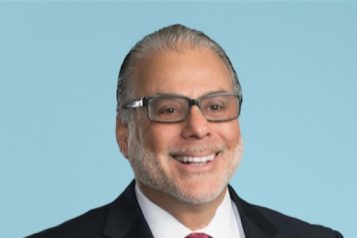Navigating the intricate landscape of wealth demands more than financial prowess—it requires a nuanced understanding of tax, business, and personal risk mitigation strategies unique to the affluent. According to attorney Michael Kosnitzky, Co-Chair of Pillsbury, Winthrop, Shaw, Pittman’s Private Client & Family Office Practice Group, and a seasoned authority in the realm of high-net-worth individuals and their intricate financial structures, “The very rich are very different, and their tax, business, and personal risk mitigation strategies are no exception. This is true for a variety of reasons.” Kosnitzky’s expertise unveils the disparities in approach and the exceptional methods adopted by the affluent, shedding light on the complexities that set apart the strategies of the wealthy.

First, the ultra-wealthy have more at stake, they have more to lose financially and reputationally, so they may engage in more exotic, complicated and sometimes more costly professional planning than the average just wealthy Jane or Joe. Second, often they may have already exhausted more traditional planning strategies that would more than satisfy the needs of an average wealthy person. Third, the ultra-wealthy have the resources to defend various planning structures when a governmental authority or other third party challenges such structures. Fourth, their lives tend to be more complicated because of greater wealth which usually leads to greater power and with greater power it is said comes greater responsibility often requiring more creative and bespoke solutions.
With that said, even with my ultra-wealthy clients and family offices, I attempt to utilize more routine solutions to problems first, and only after doing this, do I consider more esoteric remedies. I have often said that a “ninety percent” solution to a problem that is cost efficient, subject to a lower level of third-party scrutiny, with less execution risk is often better than a “one hundred percent” solution that is more costly, subject to greater scrutiny, with a high degree of execution risk. That said, some planning strategies are only for the ultra-rich and I address some of them briefly below.
Bonus Depreciation On Aircraft
Beginning in September 2017, a business could purchase a new or used private aircraft, use it exclusively for business in the year of the purchase, and then write-off the entire cost of the aircraft in the year the plane was placed in service. In 2023, this benefit was reduced to a write-off of eighty percent of the purchase price, and in 2024 the benefit is reduced further to sixty percent of the purchase price, which is still a significant tax benefit if the owner has enough business income to be offset by this large deduction. The strategy usually involves purchasing an aircraft near the end of the tax year and taking several undisputed business flights. This is important because a business would need to prorate the bonus depreciation between business and nondeductible non-business usage if any non-business flights are taken during the year of purchase. Thus, an end of year purchase makes sense to minimize this risk. In future years, if business usage stays above fifty percent during the remaining useful life of the aircraft there should be no adverse tax consequences caused by “recapturing” the depreciation or being required to reverse this benefit in later years. So, if a client purchased a new Global 7500 aircraft for $75 million in December of 2023 and used it, for example, three times for clearly business flights, the client would be entitled to a write-off of $60 million or eighty percent of the $75 million purchase price. This write-off would be reduced to $45 million in 2024 if the taxpayer utilized the same strategy at the end of the year. There is also a “1 year delay rule” that might retain the eighty percent benefit even for 2024, but this discussion is beyond the scope of this article. Furthermore, the bonus depreciation generally cannot be utilized against capital gain and qualified dividend income, but there are additional strategies that may be deployed to effectively permit bonus deprecation to offset capital gain and qualified dividend income that are likewise beyond the scope of this article.
Private Placement Life Insurance
These are bespoke, wholesale, insurance policies not sold through traditional insurance sales channels. While they meet the tax law definition of “insurance” and qualify as a type of variable life insurance policy, they are a means to grow wealth federal, state and city income tax free. The policies may also permit the ownership of non-standard assets like pre-public stock, artwork and carried interests, and the owner may be able to borrow against the cash surrender value of these policies under certain circumstances. The policies are often owned by dynastic or perpetual type trusts in asset protection jurisdictions like South Dakota or Nevada, and this type of trust ownership may afford significant additional estate tax and asset protection benefits. To qualify as bona fide life insurance for tax purposes the policies must meet several complicated tests. One of these tests ensures that the life insurance company is the true owner of the policy for tax purposes and is called the “prohibition against investor control” test which essentially means that policyowner must surrender all control over the investment decisions for the segregated investment account legally owned by the insurance company. The client may usually select who manages the investments in the policy, but it is usually not advisable that investment advisors who manage a client’s taxable accounts (i.e., investment accounts held outside of the policy) also manage the non-taxable investments held in the segregated investment account of the life insurance policy. A full discussion of what might constitute “investor control” and what type of assets may be purchased by the segregated investment account of the policy is of course beyond the scope of this article but is often the focus of the planning for these investment vehicles.
Structuring Family Offices To Minimize Overall Income Taxes
There is no established definition of a “family office” but generally it is considered a privately held entity or group of entities that manage the investment, wealth, and personal matters for the members of a wealthy family with the goal to effectively grow and transfer wealth to future generations. With respect to income tax minimization, the entities are usually structured in a manner that will create a positive overall income tax rate arbitrage. Maximum federal income tax rates for individuals fall into various categories. Net long-term capital gains resulting from the sale of most investment assets are taxed at twenty percent, but net long-term capital gains on artwork and collectables are taxed at a higher twenty eight percent rate. Qualified dividend income is taxed at the same rate as regular long-term capital gains, but capital losses do not offset qualified dividend income. Certain types of business income are, effectively, taxed at 29.6%, but most other types of business and investment income and compensation are taxed at thirty seven percent. Most of these categories of income are also subject to a tax on net investment income tax or alternatively a Medicare tax of an additional 3.8%. Thus, an individual’s income tax rate can vary from a low of approximately 24% (20% plus 3.8%) for investment related long-term capital gains to a high of approximately 41% (37% plus 3.8%) on ordinary income, including interest and compensation income, thus a 17% swing in rates depending on the nature of income. The maximum corporate tax rate is even lower than the basic all-in long-term capital gain tax rate at 21%. Complicating this analysis even further is that state and local taxes will increase individual and corporate income tax burdens even further.
In structuring family offices, usually the first priority is to establish the family office management entity as a “trade or business” for federal income tax purposes. Failure to qualify as a trade or business will result in the inability of the entity or entities to deduct various expenses. A full discussion of how a family office will qualify as a trade or business is beyond the scope of this article but suffice to say that recent case law requires that among other requirements such entity or entities, be operated in a business like and professional manner, manage the assets of family members and their controlled entities, and that the principals of the family office receive compensation for their investment management activities in addition to the return other non-management family members receive on their investments. In addition to the above, other planning and structuring opportunities related to family offices include: (i) utilizing an S corporation to minimize net investment income and Medicare taxation and to qualify for the so-called 20% pass-through deduction and 29.6% tax rate; (ii) adding a C corporation to achieve rate arbitrage on working capital, offset business income against nonbusiness income and create the presumption of trade or business; and (iii) migrating individuals and business income to no-tax or low tax jurisdictions, including through the creation of trusts in tax preferential jurisdictions.
Because of their costs and complexities only the ultra-wealthy would consider tax strategies associated with private aircraft ownership, complex private insurance vehicles and establishing family offices. That does not mean that there are not many other “off the shelf” tax optimization and planning strategies available to the ultra-wealthy and those who aspire to be ultra-wealthy.

Renowned for his exceptional expertise and unwavering integrity, Attorney Michael Kosnitzky offers adept guidance in intricate legal affairs, including strategic tax strategies for the ultra-wealthy. For valuable insights and expert counsel on compliance, connect at 212.858.1002 (NYC) / 786.913.4885 (Miami) or via email: Michael.Kosnitzky@Pillsburylaw.com.


















